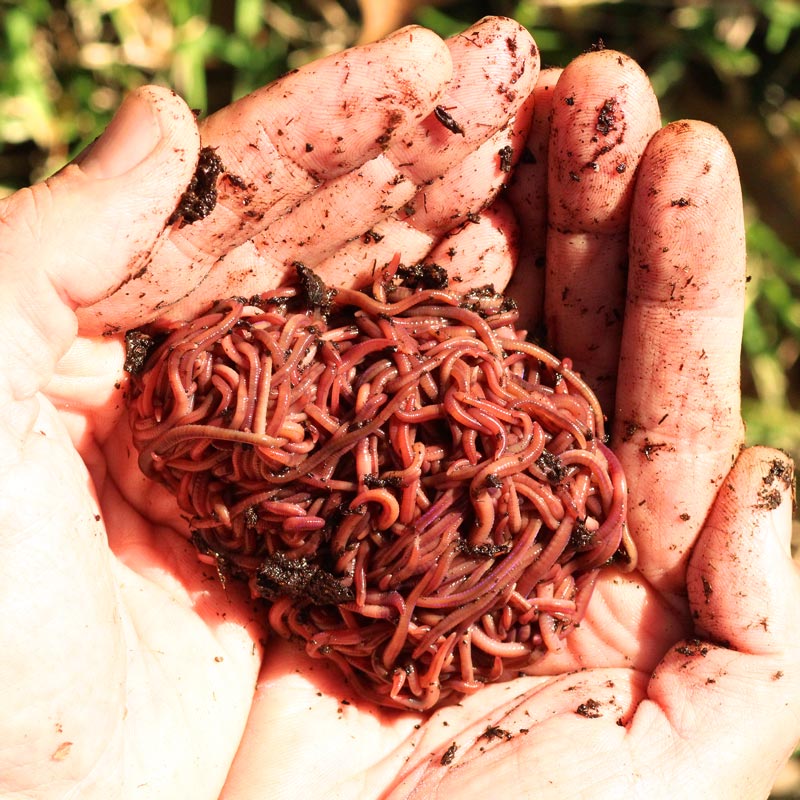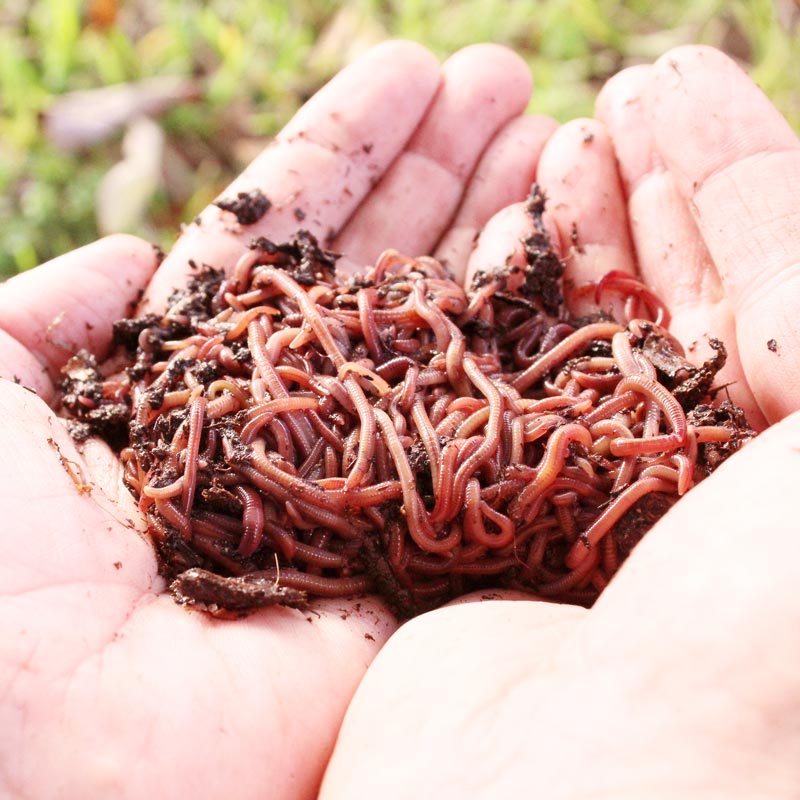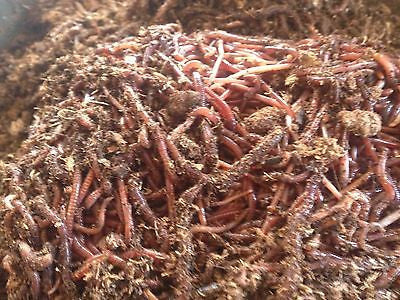Taking Full Advantage Of the Advantages of Red Wiggler Worms: A Comprehensive Guidebook for Home Gardeners and Urban Farmers
In the world of sustainable gardening practices, red wiggler worms stand as unrecognized heroes, silently changing natural waste right into nutrient-rich spreadings that can function wonders for soil wellness. By discovering the intricacies of exactly how to successfully care for and take full advantage of the benefits of red wiggler worms, individuals can open a wide range of opportunities for enhancing the sustainability and efficiency of their horticulture endeavors.
Understanding Red Wiggler Worms
Red Wiggler worms, renowned for their reliable composting abilities, are a species of earthworms commonly used in vermiculture practices. These worms, scientifically understood as Eisenia fetida, grow in rotting natural material, making them excellent prospects for composting.
One trick feature of Red Wiggler worms is their reproductive rate. These hermaphroditic creatures possess both male and female reproductive body organs, permitting them to recreate quickly under favorable conditions. A fully grown Red Wiggler can generate numerous spawn in a short duration, ensuring a consistent populace within a composting system.

Setting Up a Worm Bin
When developing a worm container for vermiculture purposes, proper preparation and attention to detail are necessary for developing a helpful environment for Red Wiggler worms. Begin by selecting a suitable container for your worm bin.

Area the worm bin in a trendy, dark area away from direct sunshine and extreme temperature levels. By complying with these steps, you can set up a thriving worm container that will effectively process natural waste right into nutrient-rich vermicompost for your yard.
Feeding and Keeping Worms
Making sure a nutritious and well balanced diet plan is vital for the health and wellness and productivity of Red Wiggler worms in a vermiculture system. Red Wigglers are starved eaters, with the ability of eating their own body weight in raw material daily. To keep a flourishing worm populace, it is important to provide them with a selection of food scraps such as vegetables and fruit peels, coffee premises, tea bags, and crushed eggshells. It is vital to prevent feeding them citrus fruits, onions, garlic, milk products, meat, and oily foods as these can be harmful to the worms or create unpleasant smells in the bin.
Appropriate wetness levels are likewise vital for the wellness of Red Wiggler worms. By vigilantly checking their diet plan, wetness, and ecological problems, home garden enthusiasts and metropolitan farmers can maintain a efficient and healthy Red Wiggler worm population for composting functions.
Gathering Worm Spreadings
To successfully draw out nutrient-rich worm castings from the he has a good point vermicompost, a systematic harvesting process is important for making the most of the composting advantages. The very first step in collecting worm castings is to urge the worms to migrate to one side of the container.
After the spreadings have actually been collected, it is very important to separate any staying worms from the castings to stay clear of harming them during storage space or application. One efficient approach is to produce conical piles of castings under intense light. Worms will intuitively move far from the light, allowing for very easy separation and elimination.
Last but not least, the gathered worm spreadings should be saved in an amazing, dark, and dry area to maintain their high quality and performance as a nutrient-rich soil change. By adhering to these actions, home gardeners and metropolitan farmers can make best use of the benefits of red wiggler worms in their vermicomposting systems.
Using Worm Castings in Horticulture
The incorporation of nutrient-rich worm spreadings right into garden dirt can significantly improve plant development and total dirt health. Worm castings, likewise referred to as vermicast, are an all-natural fertilizer generated by red wiggler worms as they break down raw material. These castings are abundant in important nutrients like nitrogen, phosphorus, potassium, and advantageous microbes that promote plant development and boost dirt structure.
When utilizing worm castings in horticulture, it is necessary to blend them completely into Recommended Reading the soil or use them as a top dressing around plants. The slow-release nature of worm castings ensures a steady supply of nutrients to plants with time, lowering the threat of nutrient leaching and promoting long-term dirt fertility. Furthermore, worm castings help boost dirt aeration, water retention, and microbial activity, developing a healthy and balanced atmosphere for plant roots to prosper.

Final Thought
Finally, the utilization of red wiggler worms in home gardening and city farming can significantly benefit dirt health and plant development. By understanding exactly how to establish up and maintain a worm bin, feed the worms effectively, and harvest their nutrient-rich spreadings, garden enthusiasts can optimize the advantages site web of these earthworms. Integrating worm spreadings into gardening techniques can enhance dirt fertility and overall plant efficiency. Overall, red wiggler worms provide a sustainable and effective service for boosting yard and farm yields.
In the realm of sustainable horticulture techniques, red wiggler worms stand as unsung heroes, silently changing natural waste right into nutrient-rich spreadings that can function marvels for soil health and wellness.When developing a worm container for vermiculture functions, correct preparation and focus to detail are crucial for producing a helpful setting for Red Wiggler worms. The first step in harvesting worm castings is to urge the worms to move to one side of the bin. Worm spreadings, additionally understood as vermicast, are a natural plant food created by red wiggler worms as they break down organic issue. By recognizing exactly how to set up and keep a worm bin, feed the worms effectively, and gather their nutrient-rich castings, garden enthusiasts can make the most of the advantages of these earthworms.
Comments on “Red Wiggler Worms - Perfect for Vermicomposting and Dirt Enrichment”